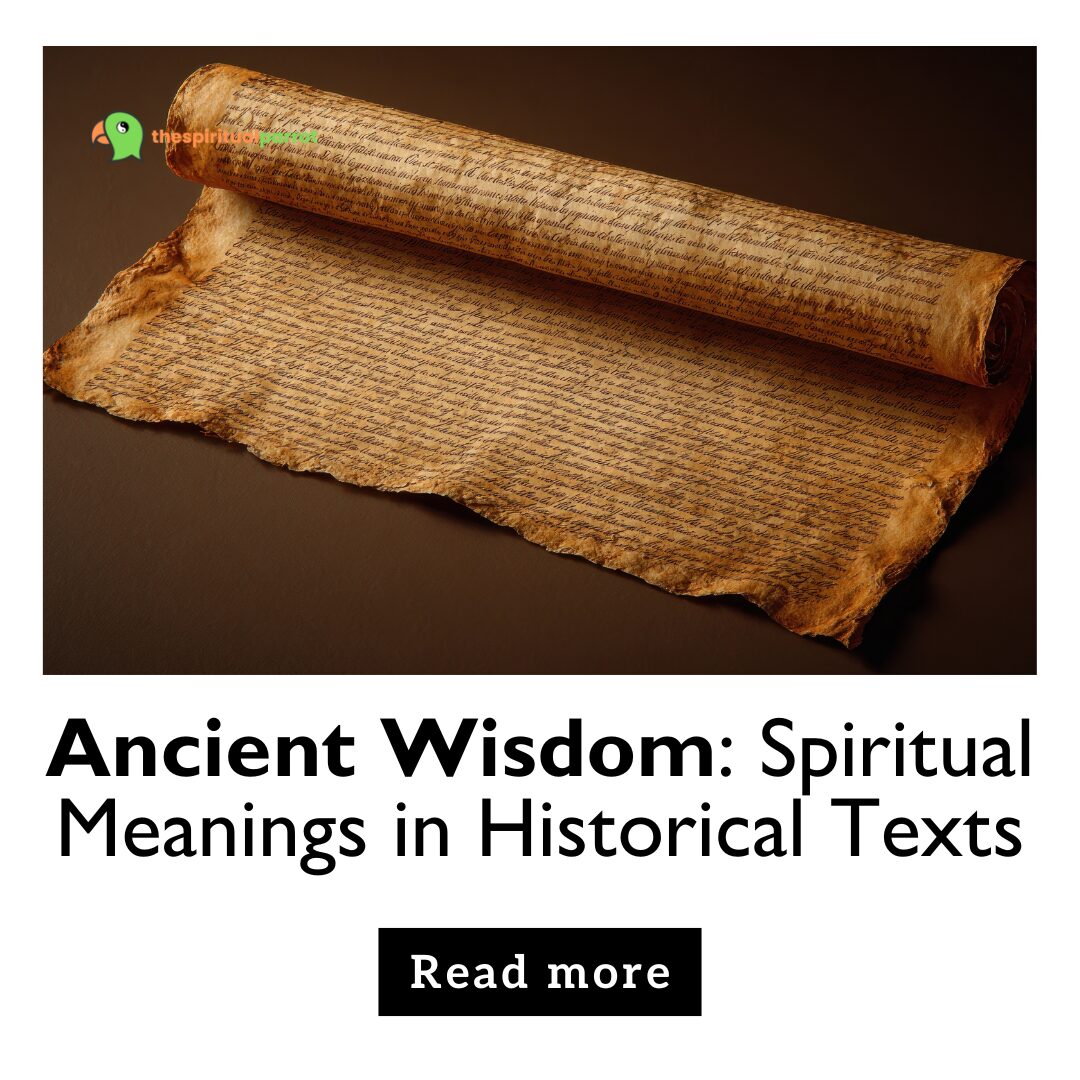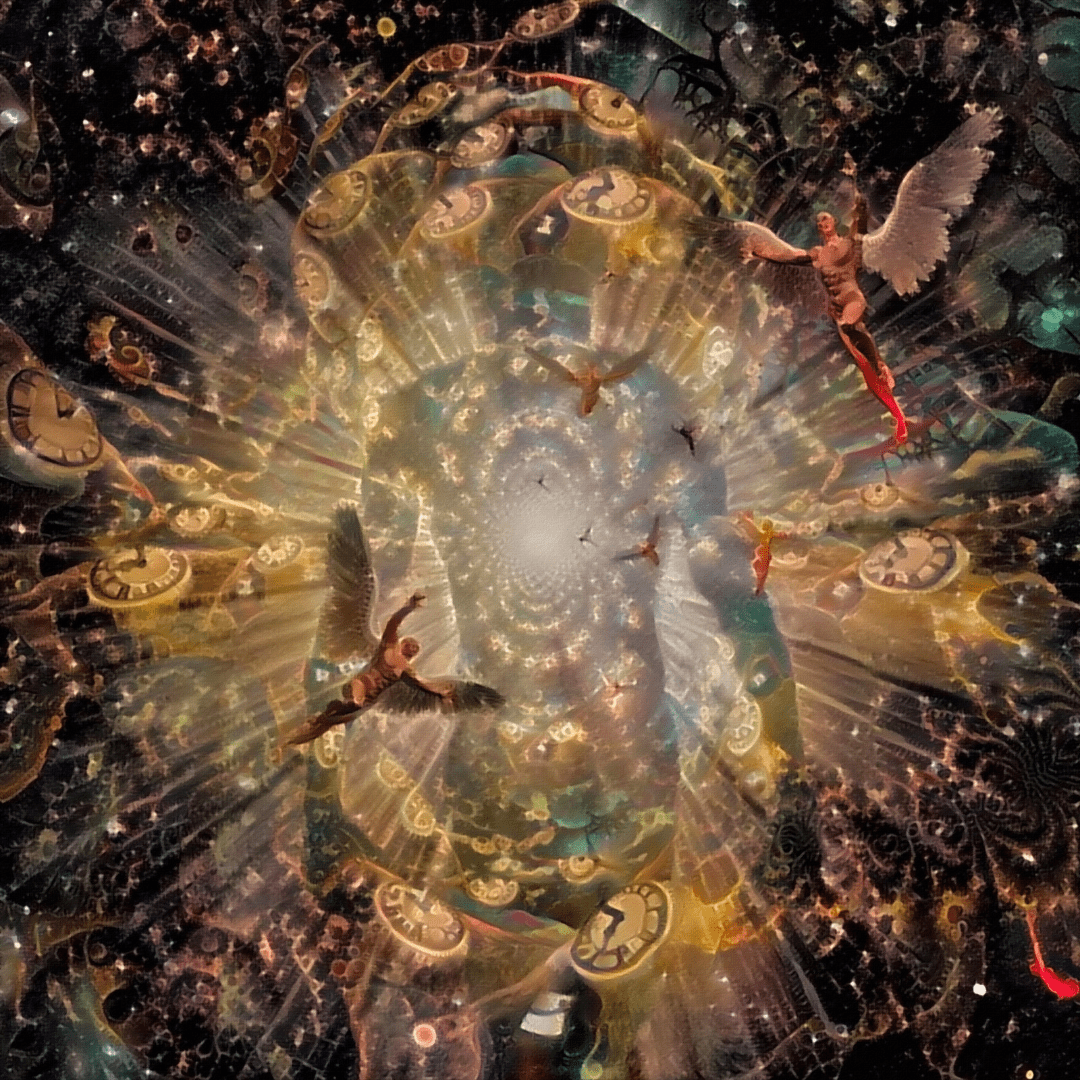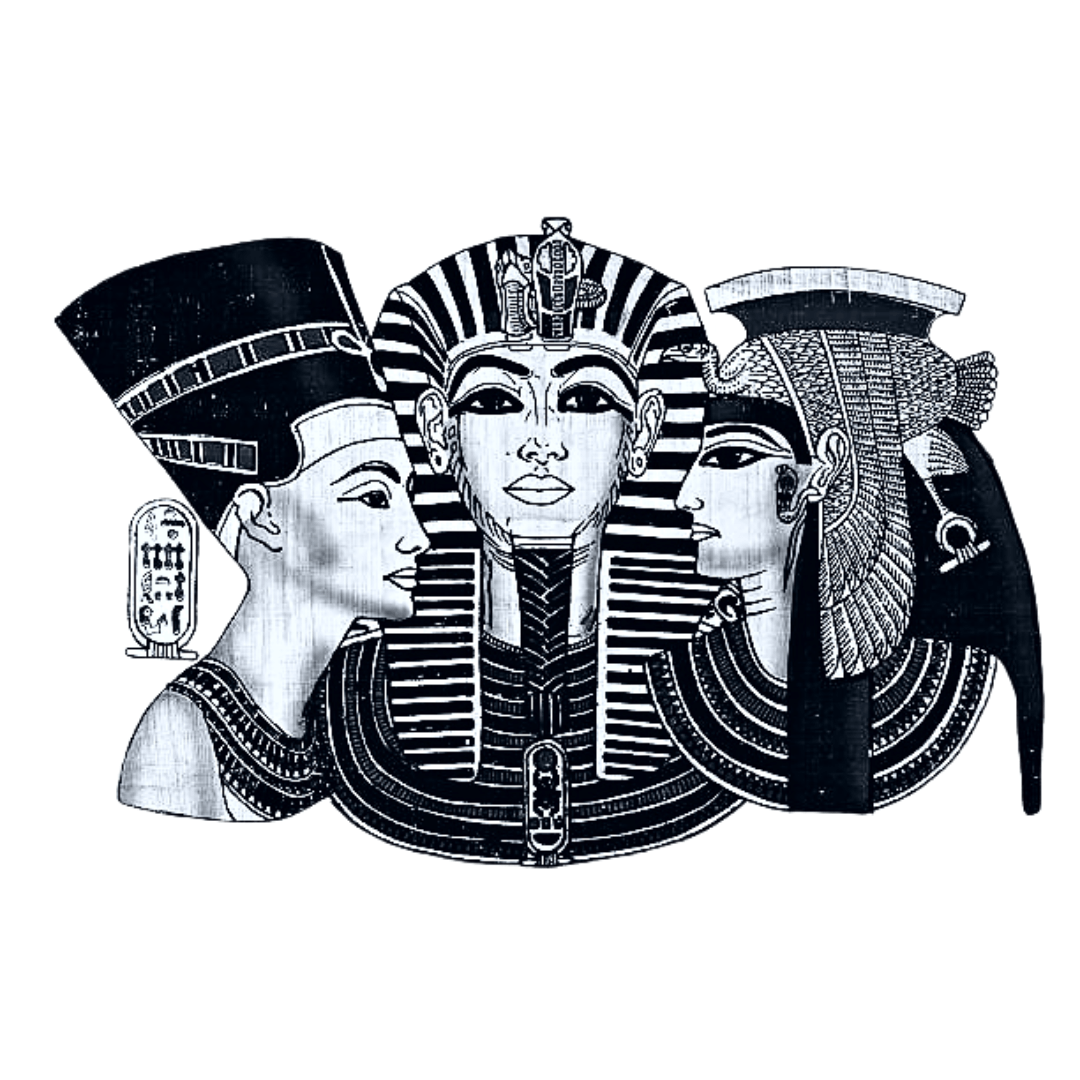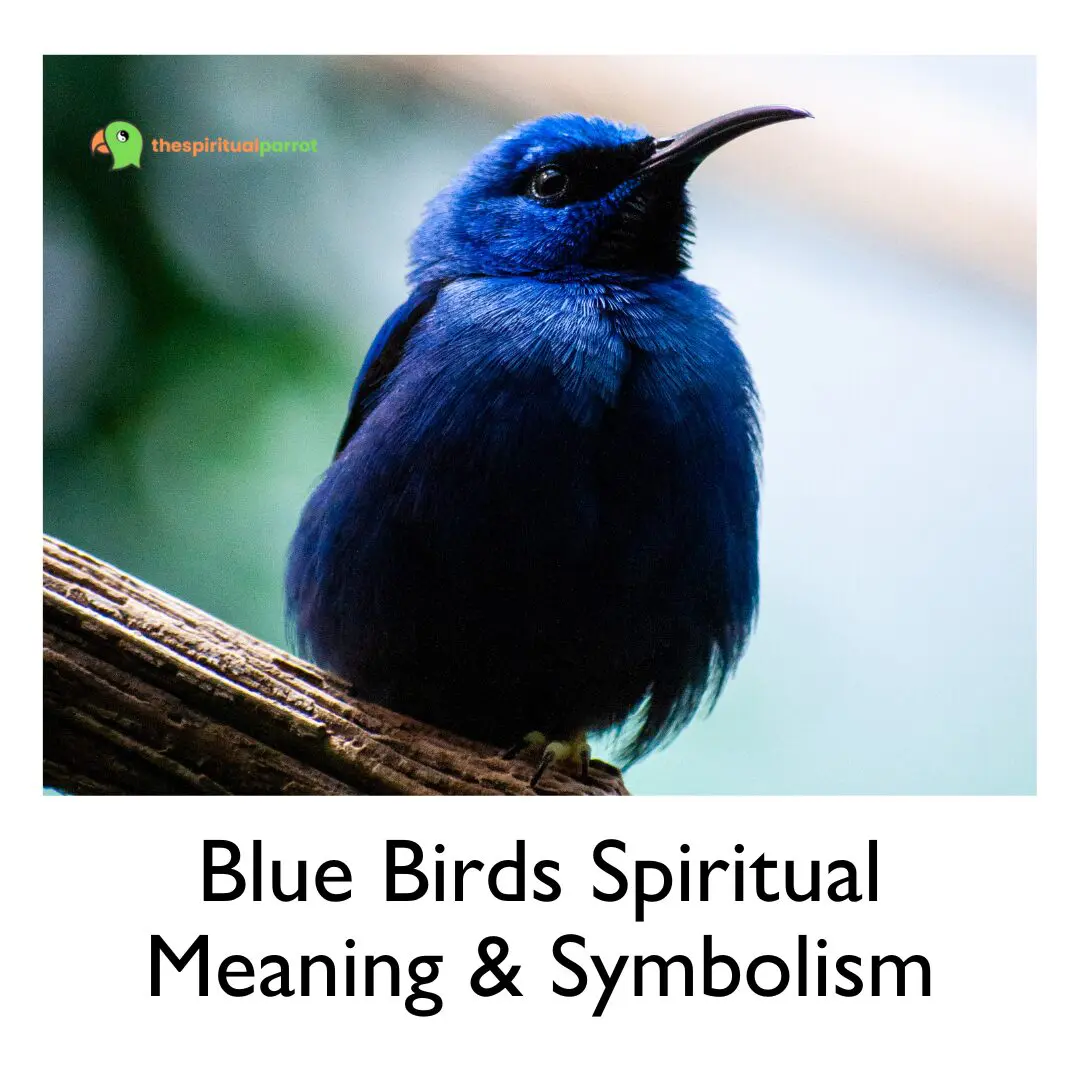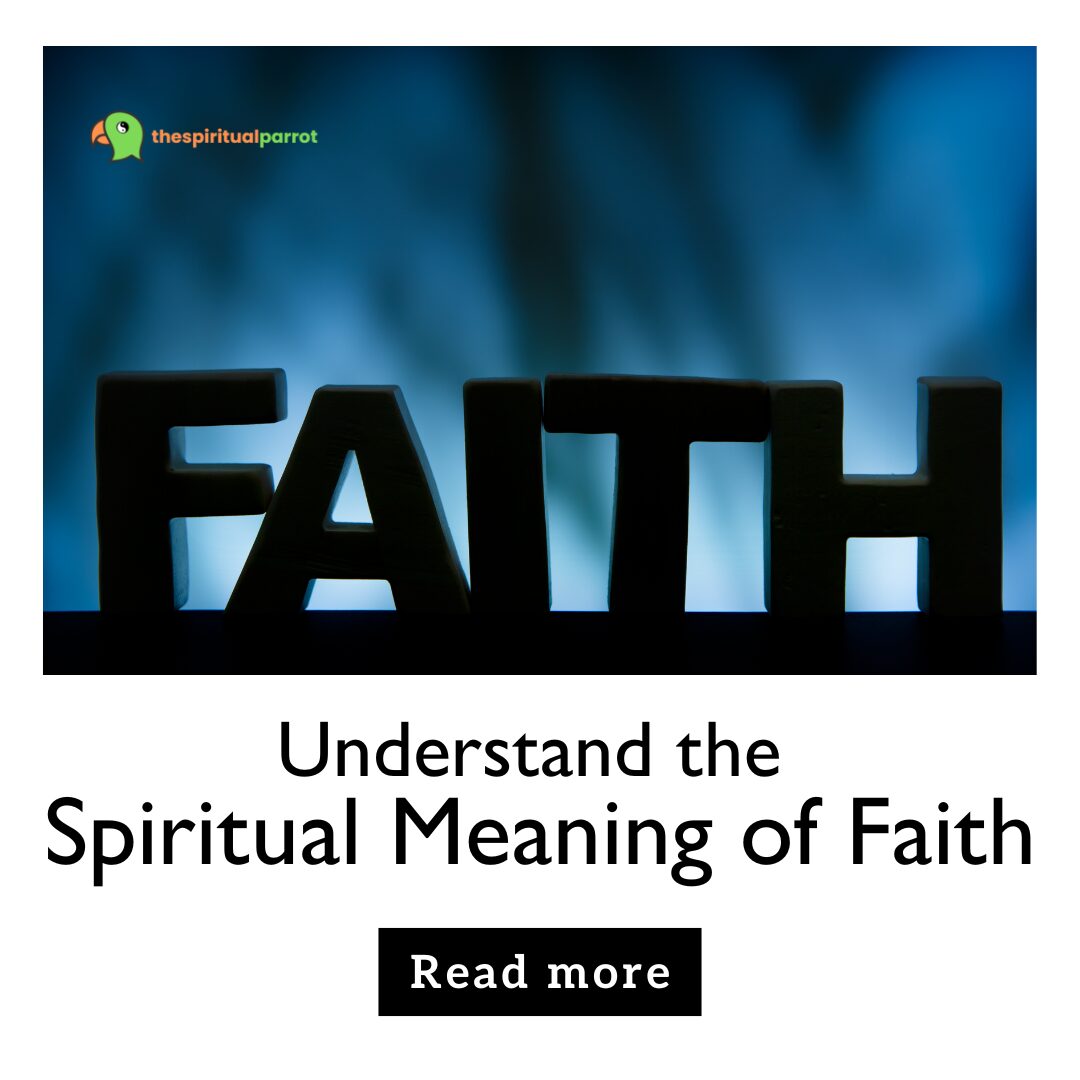Welcome to a journey through time and spirit! In this article, we’re going to explore the rich tapestry of wisdom woven into ancient historical texts. These texts are not just relics of the past; they are living documents that continue to offer profound insights into our spiritual journey. From the cryptic symbols etched on temple walls to the profound verses of sacred scriptures, every line and glyph carries a story, a teaching, a piece of wisdom waiting to be unraveled.
Unveiling the Past: Historical Texts as a Gateway
The past is a treasure trove of wisdom, and historical texts are the keys to unlocking it. These texts, ranging from religious scriptures to philosophical treatises, offer us a glimpse into the minds and spirits of our ancestors. They serve as a bridge between the ancient and the modern world, guiding us in understanding the evolution of spiritual thought and practice.
Defining Historical Texts in the Context of Spirituality
Historical texts are like time capsules. They encompass a variety of materials including scriptures, myths, poems, and philosophical discourses. In the context of spirituality, they are not just historical records but repositories of age-old wisdom, reflecting the spiritual beliefs, practices, and experiences of ancient civilizations.
The Role of Ancient Texts in Shaping Modern Spirituality
The influence of ancient texts on modern spirituality is immense. They are not merely stories or myths but are foundational to many contemporary spiritual practices. By studying these texts, we can trace the origins of many beliefs and rituals that are still in practice today, offering us a deeper understanding and appreciation of our spiritual heritage.
Decoding Symbolism in Ancient Scriptures
Ancient scriptures are often shrouded in symbolism. Understanding these symbols is like unlocking a secret language that reveals deeper truths about life, existence, and the universe.
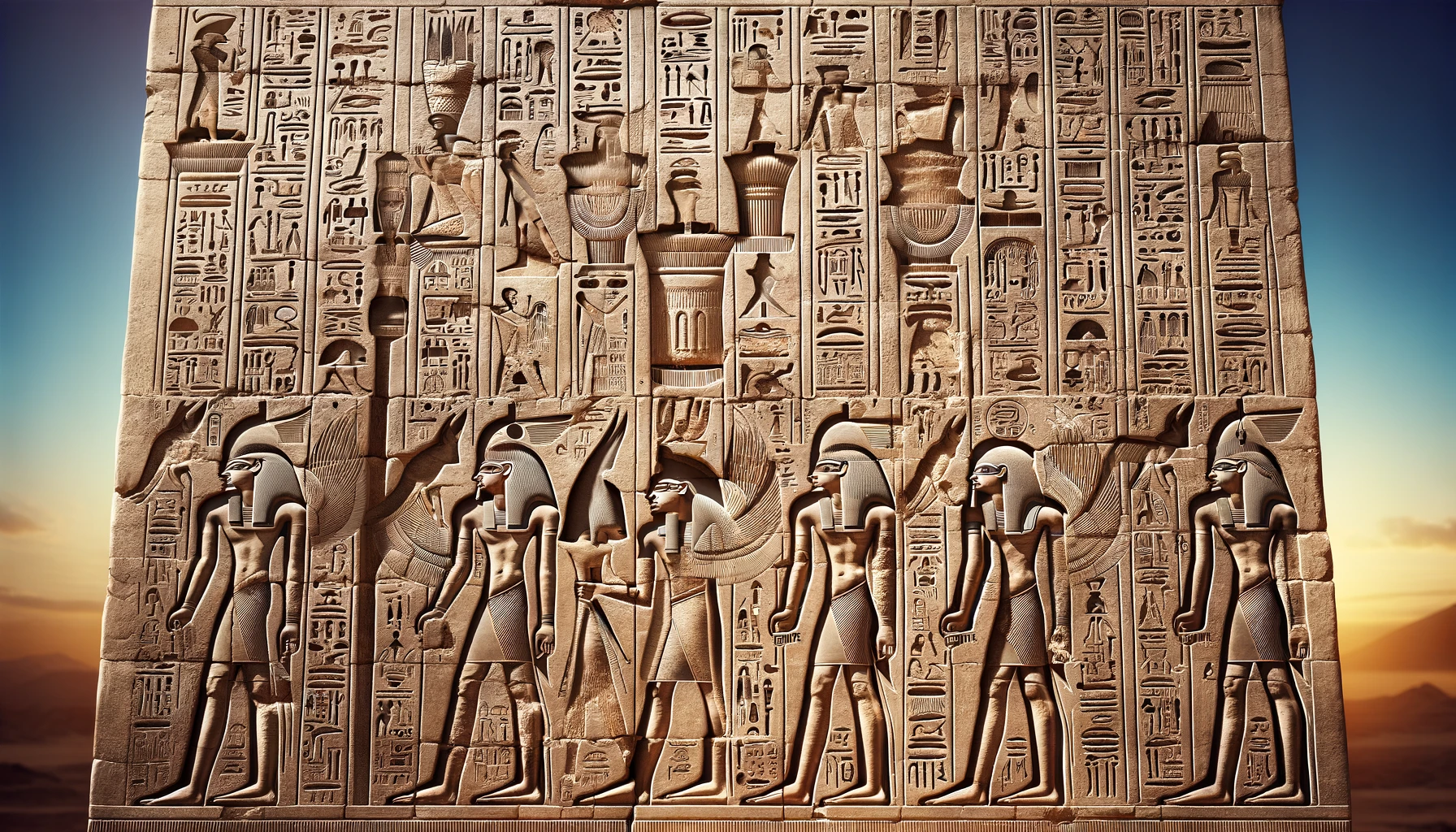
Methodologies and Challenges
Interpreting the symbols in ancient texts is both an art and a science. It requires an understanding of the cultural, historical, and philosophical context in which these symbols were created. The challenge lies in deciphering these symbols accurately without imposing our modern interpretations on them.
Symbolism in Major Historical Texts
Let’s delve into specific examples. Consider the Egyptian Book of the Dead, with its intricate hieroglyphs symbolizing the journey of the soul after death, or the Bhagavad Gita’s chariot allegory representing the human body and soul. Each of these texts offers a unique window into the spiritual wisdom of the time.
Wisdom of the Ancients: Key Themes and Teachings
As we delve deeper into the world of ancient wisdom, it’s fascinating to discover the universal themes that transcend time and culture. These themes, often embedded in the teachings of historical texts, reveal the shared human quest for understanding life, purpose, and the cosmos.
Universal Themes in Ancient Spiritual Texts
Across various cultures and eras, certain themes consistently emerge in ancient texts. Themes like the quest for truth, the nature of the divine, the cycle of life and death, and the path to enlightenment are found in texts from the Vedas to the Bible. These universal themes reflect the collective human experience and our inherent desire to understand our place in the universe.
Insights on Humanity and Existence
The ancient texts don’t just ponder philosophical questions; they also offer insights into the human condition. From the Greek epics discussing heroism and morality to the Buddhist sutras exploring the nature of suffering and liberation, these texts provide profound insights into the challenges and joys of human existence.
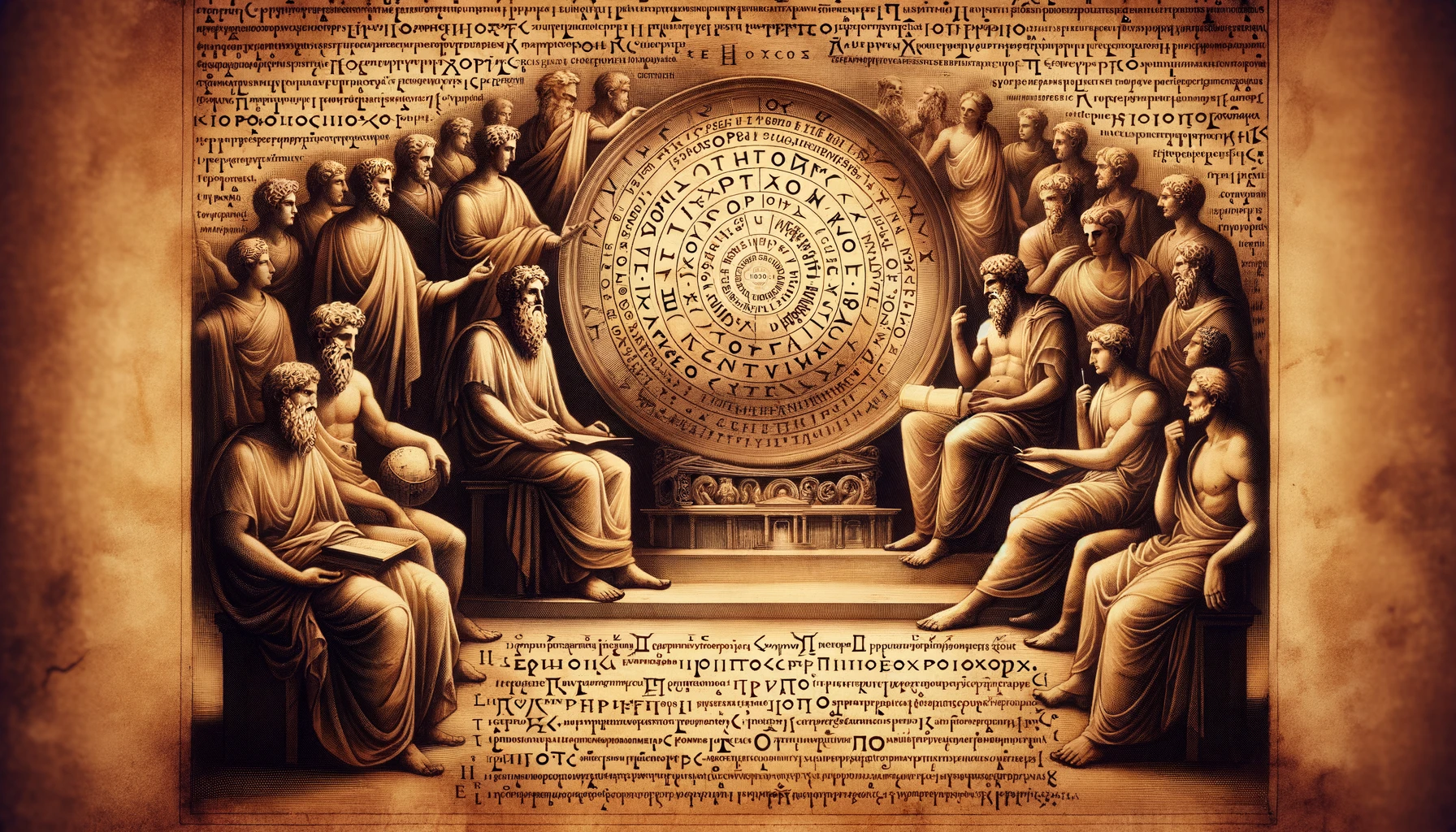
Sacred Languages and their Mystical Dimensions
The language in which these ancient texts were written is not just a medium of communication; it’s a portal to a deeper understanding of spiritual truths. The nuances and subtleties of these languages often hold the key to unlocking the mystical dimensions of the texts.
The Power of Original Languages in Conveying Spiritual Meanings
The original languages of these texts, be it Sanskrit, Hebrew, Aramaic, or Classical Greek, have layers of meaning that can be lost in translation. Understanding the linguistic nuances, the etymology of words, and the cultural context can lead to a more profound and authentic grasp of the spiritual teachings contained within.
Examples of Language Nuances in Ancient Texts
For instance, the multiple meanings of the word ‘Dharma’ in Sanskrit or the intricate Hebrew wordplay in the Kabbalah texts offer much deeper insights than their simple English translations. These linguistic subtleties enrich our understanding of the spiritual and philosophical concepts in these ancient works.
The Intersection of Religion, Philosophy, and Spirituality
In our exploration of ancient wisdom, it becomes evident that religion, philosophy, and spirituality are intricately intertwined. These dimensions, though distinct, often merge in the historical texts, offering a holistic view of ancient belief systems and thought processes.
Comparative Analysis of Different Spiritual Traditions
By examining various spiritual traditions, we notice intriguing similarities and differences. For example, the concept of an afterlife is seen in both the Egyptian Book of the Dead and the Christian Bible, yet the details and interpretations differ significantly. Similarly, the Hindu Upanishads and the Greek philosophical texts both explore the nature of the self and the universe but from different cultural and philosophical standpoints.
The Blending and Divergence of Philosophical and Religious Thoughts
The blending of philosophy and religion in ancient texts is a testament to the human quest for understanding. In texts like the Tao Te Ching, we see a seamless integration of philosophical ideas and spiritual teachings. Conversely, in the works of Plato, we observe a clear distinction between philosophical inquiry and religious belief. This duality enriches our understanding of how ancient cultures viewed the world and their place in it.
Ancient Practices and Rituals in Texts
Moving from theory to practice, many historical texts provide fascinating insights into the rituals and customs of ancient times. These practices were not just religious formalities; they were integral to the spiritual life and understanding of these cultures.

Understanding Ritual Significance in Ancient Cultures
Rituals in ancient texts often symbolize deeper spiritual truths. For instance, the intricate rituals described in the Vedic texts of India are more than mere ceremonies; they represent cosmic truths and the interconnectedness of all life. Similarly, the ritual practices in ancient Egyptian texts reflect their beliefs about death, rebirth, and the afterlife.
Continuation and Evolution of Ancient Rituals in Modern Practices
Many rituals from ancient texts have evolved and are still practiced today, albeit in modified forms. For example, the Jewish Passover Seder is a direct descendant of ancient Hebrew rituals, and meditation practices outlined in Buddhist texts have been adapted and adopted worldwide. These ongoing traditions connect us to our past and enrich our present spiritual experiences.
The Influence of Astrology and Cosmology
As we continue our exploration of ancient texts, it’s clear that our ancestors had a profound interest in the cosmos. Astrology and cosmology were not just sciences; they were integral parts of spirituality, deeply influencing how ancient cultures understood their world and their place in it.
Astrological References and Their Significance in Historical Texts
Astrology in ancient times was more than predicting the future; it was a way to align with cosmic forces. Texts like the Babylonian ‘Enuma Anu Enlil‘ are filled with astrological observations, signifying the influence of celestial bodies on human affairs. Similarly, the Mayan calendar, known for its precision, reflects a deep understanding of the cosmos and its cyclical nature.
Cosmic Symbolism and its Impact on Spiritual Beliefs
The symbolism of the cosmos in ancient texts is profound. In many cultures, celestial bodies were deified, reflecting their importance in spiritual beliefs. For instance, the sun as Ra in Egyptian mythology symbolizes creation and renewal. In Hindu scriptures, planets are considered to have divine influences, affecting personal and collective destinies.
Mystics, Sages, and Authors: Voices of the Past
Behind every ancient text is a voice, be it a mystic, sage, or author, whose wisdom has transcended time. These figures were not just writers; they were visionaries who shaped the spiritual landscape of their times and beyond.
Profiles of Influential Figures in Ancient Spirituality
Consider figures like Laozi, the author of Tao Te Ching, whose teachings on simplicity and harmony continue to influence spiritual thought today. Or take Rumi, whose Sufi poetry speaks of love and the divine in ways that resonate across cultures and religions.
Analysis of their Contributions and Teachings
Each of these figures brought a unique perspective to spiritual discourse. The teachings of Buddha, for example, offered a path to enlightenment that was revolutionary in its time. The philosophical musings of Plato have shaped Western thought for centuries. Understanding these contributions gives us deeper insight into the ancient texts and the enduring wisdom they contain.
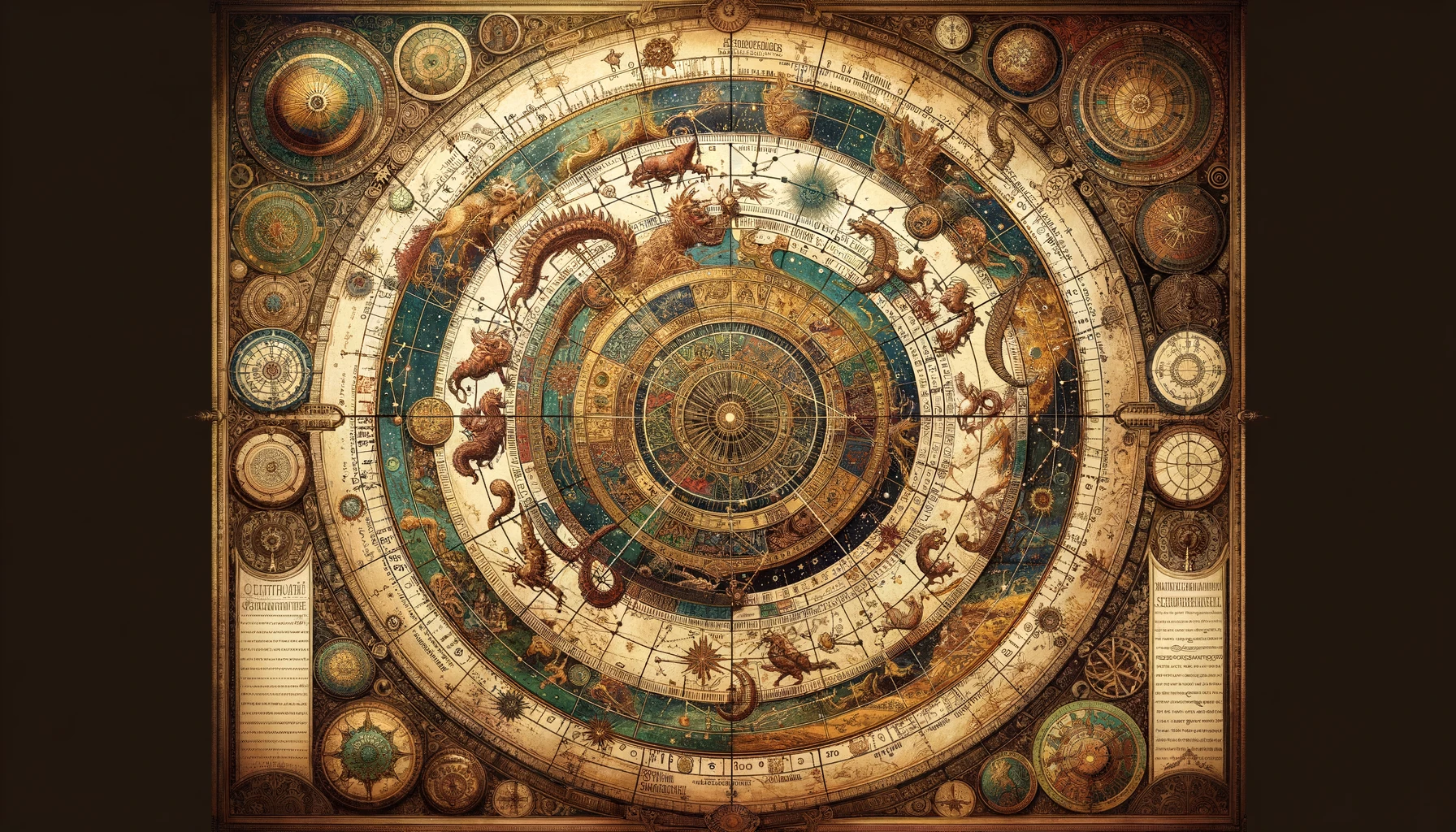
Modern Interpretations and Adaptations
As our journey nears its conclusion, we turn our focus to the present, exploring how ancient wisdom has been reinterpreted and adapted in the modern era. This ongoing dialogue between the past and present ensures that the timeless teachings of ancient texts continue to enlighten and inspire.
How Contemporary Scholars Interpret Ancient Wisdom
Today’s scholars approach ancient texts with a blend of reverence and critical inquiry. They unravel layers of meaning using modern methodologies, such as historical-critical analysis and comparative studies. This fresh perspective often leads to new interpretations of ancient wisdom, making it more accessible and applicable to our current context.
The Relevance of Ancient Spiritual Wisdom in Today’s World
The teachings of ancient texts remain surprisingly relevant in our contemporary world. Concepts like mindfulness from Buddhist teachings, Stoic principles of resilience, and the Bhagavad Gita’s insights on duty and morality provide practical guidance for modern living. These age-old teachings continue to offer solutions to contemporary challenges, proving their timeless value.
Conclusion
As we wrap up this enlightening exploration, it’s clear that the ancient texts are not just historical artifacts; they are living documents that continue to offer valuable insights.
Summary of Key Insights Gained
We’ve traveled through time, exploring how ancient texts reveal universal themes, profound philosophical questions, and practical spiritual wisdom. From the symbolic richness of these texts to the influential figures who authored them, we’ve seen how ancient wisdom has shaped and continues to influence our understanding of the world.
The Enduring Legacy of Ancient Spiritual Wisdom in Modern Times
The legacy of ancient wisdom is ever-present in our modern world. It informs our spiritual practices, philosophical inquiries, and even our daily life decisions. These texts remind us that, despite the passage of time, the human quest for understanding, meaning, and connection remains unchanged.
